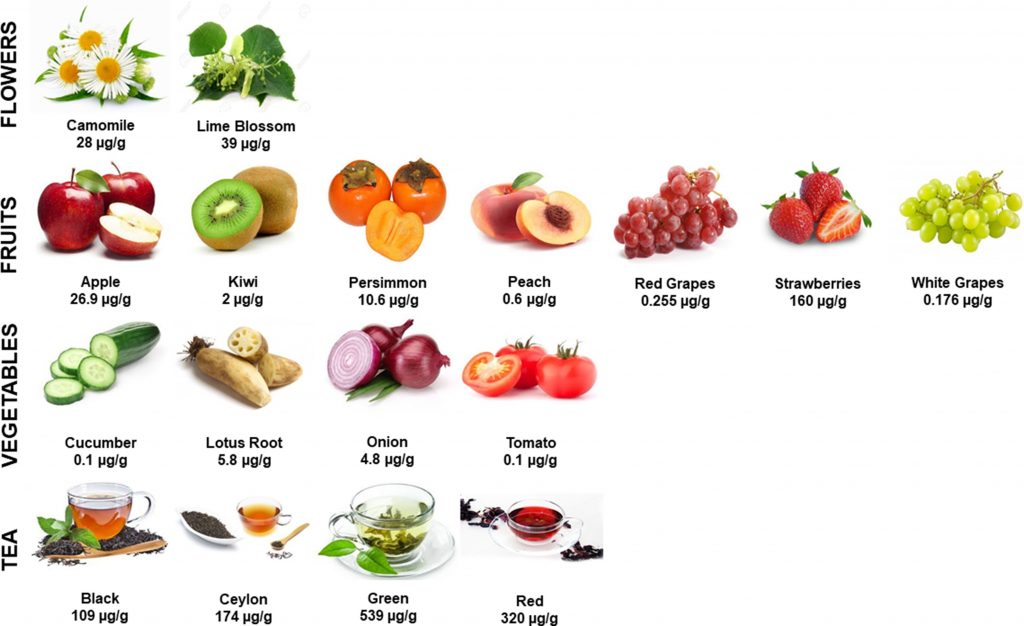Key Points:
- Injecting kidney-damaged mice with fisetin stops scar-tissue-generating cells from forming.
- Fisetin treatment reduces the spread of scar tissue in the kidney.
- Treatment with fisetin alleviates damage to subregions of the kidney and decreases kidney cell death.
The rise of an aging world population has led to a rise in diabetes, high blood pressure, and cardiovascular disease. Along with older age, these age-related conditions are risk factors for chronic kidney disease (CKD) — characterized by progressive kidney damage and the gradual decline of kidney function. To preserve function and longevity, our kidneys generate scar tissue through a process called fibrosis. However, there is no effective treatment for kidney fibrosis.
Now, researchers from Pukyong National University in Korea may have discovered a possible treatment. In Kidney Research and Clinical Practice Ju and colleagues show that fisetin ameliorates fibrosis-promoting cells, kidney fibrosis, structural damage to the kidney, kidney cell death, oxidative damage, and inflammation in a mouse model for CKD. The findings suggest that fisetin alleviates kidney damage by reducing oxidative stress and inflammation.
Fisetin Protects Against Kidney Damage
To study kidney fibrosis, Ju and colleagues performed a surgical procedure called unilateral ureteral obstruction (UUO) on female mice. UUO involves blocking the ureter — the duct that transports urine from the kidney to the bladder. This damage-inducing surgery was performed on one kidney while the other was left alone for comparison. After the surgery, the mice were injected with 25 mg/kg of fisetin every other day for six days.
Some of our cells have the remarkable capability of transforming into other cells in response to injury. For example, kidney damage causes some cells to become what are called myofibroblasts. Since myofibroblasts are responsible for generating scar tissue, the researchers tested whether fisetin could stop them from forming. They found that UUO substantially increased the number of myofibroblasts. However, fisetin treatment largely reduced the myofibroblasts, suggesting that fisetin can keep myofibroblasts from forming.

Scar tissue is primarily composed of a structural protein called collagen, which is secreted by newly formed myofibroblasts in response to tissue injury and damage. Ju and colleagues found that collagen spread across a large area of UUO-injured kidneys, indicating the spread of fibrosis and dysfunctional kidney tissue. However, mice treated with fisetin saw less collagen spread, suggesting that fisetin reduces the reach of tissue damage.

Our kidney’s contain millions of tiny tubes called renal tubules that are involved in returning vital nutrients back to the blood and filtering out waste. Ju and colleagues found that UUO caused structural damage to these tubes, clogging some of them. UUO-damaged kidneys also showed dramatically higher levels of cell death compared to healthy kidneys. These abnormalities were largely mitigated by treatment with fisetin.

Reactive oxygen species (ROS) play a crucial role in promoting tissue damage. High levels of ROS cause damage to proteins, fats, and DNA via oxidative stress, one of the 12 hallmarks of aging. In turn, ROS recruit inflammatory cells that release pro-inflammatory proteins that cause inflammation, another hallmark of aging. Ju and colleagues showed the fisetin markedly reduced oxidative stress and inflammation in UUO-damaged kidneys.
Overall, the findings of Ju and colleagues suggests that fisetin alleviates kidney tissue damage by reducing oxidative stress and inflammation.
The Anti-Aging Effects of Fisetin
Fisetin is a flavonoid that can be isolated from seaweeds, fruits, vegetables, and other plant-based foods including tea. The concentration of fisetin in various foods are shown here:

Fisetin is known as a senolytic — a compound that selectively eliminates senescent cells. Senescent cells accumulate with age and may drive the aging process by promoting inflammation and oxidative stress. Fisetin has been shown to alleviate cognitive dysfunction and brain inflammation in rats and reduce depression-like behavior in mice. Thus, fisetin appears to have anti-aging effects on multiple organs, including the brain and kidneys. Still, studies examining the impact of fisetin on multiple organ systems in humans may provide more evidence for fisetin’s anti-aging potential.